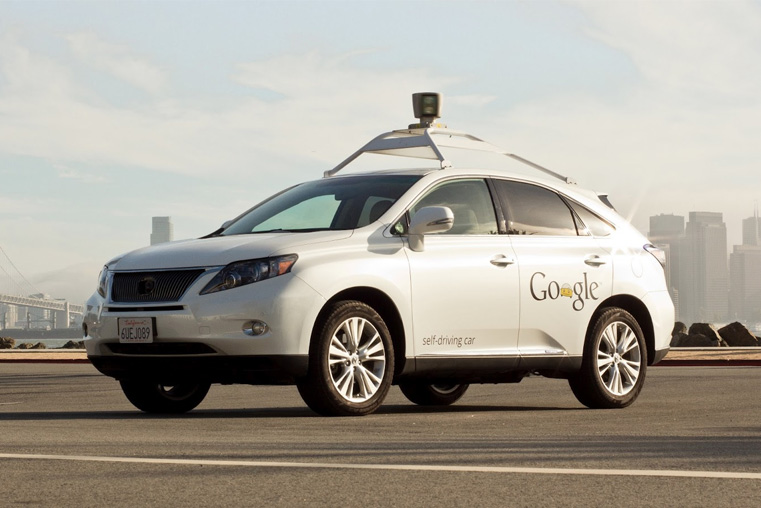In the week following the announcement of its involvement in its first serious accident, Google’s self-driving car might seem like some sort of far off science fiction technology, but it is looking increasingly like these self-driving cars could be upon us much sooner than we think. Cruise control, automatic breaking and assisted parking have all been implemented into newer cars, making driving so much easier. However, all of these settings still require a driver to be present and observant.
The commercialisation of self-driving cars will rely heavily on how their safety is perceived by the public, and currently we appear to be erring on the side of unsafe – cruise control will be automatically overridden the moment the driver touches the breaks, and most other assisting technologies are designed to help drivers, rather than remove them. But are we playing it too safe?

The 23 self-driving cars used for Google’s testing have now covered over one million miles between them – it would take an average driver 75 years to cover the same distance. In that time, the cars have safely negotiated 200,000 stop signs, 600,000 traffic lights and over 180 million other vehicles. How many accidents have those 75 years of driving seen? 14.
The autonomous car wasn’t even responsible in any of these situations, according to Google; human-operated cars rear-ended the Google car in 8 of these situations, side-swiped the test vehicle in another couple of examples and rolled through a stop sign in another. Only one of these collisions was the fault of the new technology, but reports claim it was being operated manually at the time of the accident.
In fact, these statistics are somewhat worrying, but only because they imply that the autonomous vehicle might not arrive soon enough. The technology doesn’t get distracted, the driver does. As driving gets easier and easier, less attention gets paid to the road, meaning more minor fender-benders occur. An insurance company’s dream customer is one that pays the small premiums each year and never makes a claim, not those that pay massive sums for crashing every week. And remember, for a self-driving car to be safe, it doesn’t have to be flawless; only better than the current safety record of human drivers.

Steve Jurvetson derivative work: Mariordo
This report might slightly exaggerate the success of autonomous vehicles; they currently have not been tested in heavy rain or snow, and because they rely on pre-programmed route data, they will not react to temporary traffic lights. They cannot respond to incidents such as police requesting them to pull over. In complex or potentially dangerous situations, they will revert to an ‘extra cautious’ mode, travelling slowly or waiting for the danger to pass. In fact, the first time one of the cars encountered a roundabout, it figured the safest course of action was to continue circling indefinitely.
With the technology becoming more achievable, as technicians work on teaching the system more on how to deal with situations, other vehicles and even hand gestures, the cars seem to be looming ever closer. Google currently aim for a public release some time between 2017 and 2020, but it would seem public opinion has to improve before then – inexplicably, less than half of survey respondents are not in favour of seeing driverless cars on the road, and that presents a large obstacle in drafting legislation allowing the use of autonomous vehicles. But really, 1 million blameless miles should demonstrate that this really is the way forward.
Let us know what you think in the comments below!

